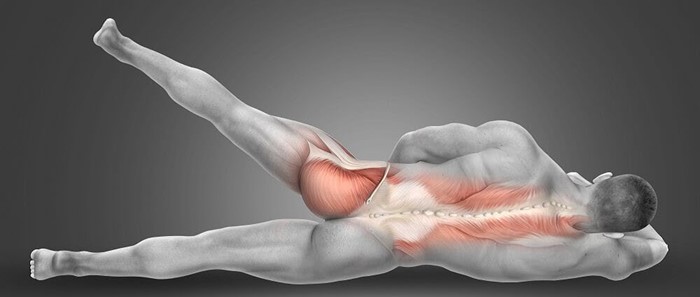A nurse is contributing to the plan of care for a client to achieve the outcome of functional healing of a fracture. Which of the following nursing interventions is the highest priority to assist in meeting this outcome?
Promote independence in activities of daily living for the client.
Provide relief from pain and discomfort for the client.
Maintain immobilization and alignment for the client.
Provide optimal nutrition and hydration for the client.
The Correct Answer is C
When contributing to the plan of care for a client to achieve the outcome of functional healing of a fracture, the highest priority nursing intervention to assist in meeting this outcome is to maintain immobilization and alignment for the client. This helps to ensure that the bones are in the correct position to heal properly and can prevent complications such as malunion or nonunion.
a. Promoting independence in activities of daily living for the client is important, but it is not the highest priority intervention for achieving functional healing of a fracture.
b. Providing relief from pain and discomfort for the client is important, but it is not the highest priority intervention for achieving functional healing of a fracture.
d. Providing optimal nutrition and hydration for the client is important, but it is not the highest priority intervention for achieving functional healing of a fracture.
Nursing Test Bank
Naxlex Comprehensive Predictor Exams
Related Questions
Correct Answer is A,B,D,C
Explanation
The correct sequence of steps the nurse should follow when a client begins to experience a tonic-clonic seizure is:
- Remain with the client and call for help.
- Place the client in the lateral position.
- Check the client for injuries.
- Reorient and reassure the client.
The nurse should first remain with the client and call for help to ensure that additional assistance is on the way. Next, the nurse should place the client in the lateral position to help keep their airway open and prevent aspiration. After the seizure has ended, the nurse should check the client for injuries that may have occurred during the seizure. Finally, the nurse should reorient and reassure the client, who may be confused or disoriented after the seizure.
Correct Answer is B
Explanation
The nurse should place the client's right leg in abduction following a right total hip arthroplasty. Abduction means moving the leg away from the midline of the body. This position helps to prevent hip dislocation by keeping the hip joint in proper alignment.
Internal rotation, adduction, and external rotation are not appropriate positions for the client's right leg following a right total hip arthroplasty. Internal rotation means turning the leg inward towards the midline of the body. Adduction means moving the leg towards the midline of the body. External rotation means turning the leg outward away from the midline of the body. These positions can increase the risk of hip dislocation.

Whether you are a student looking to ace your exams or a practicing nurse seeking to enhance your expertise , our nursing education contents will empower you with the confidence and competence to make a difference in the lives of patients and become a respected leader in the healthcare field.
Visit Naxlex, invest in your future and unlock endless possibilities with our unparalleled nursing education contents today
Report Wrong Answer on the Current Question
Do you disagree with the answer? If yes, what is your expected answer? Explain.
Kindly be descriptive with the issue you are facing.
